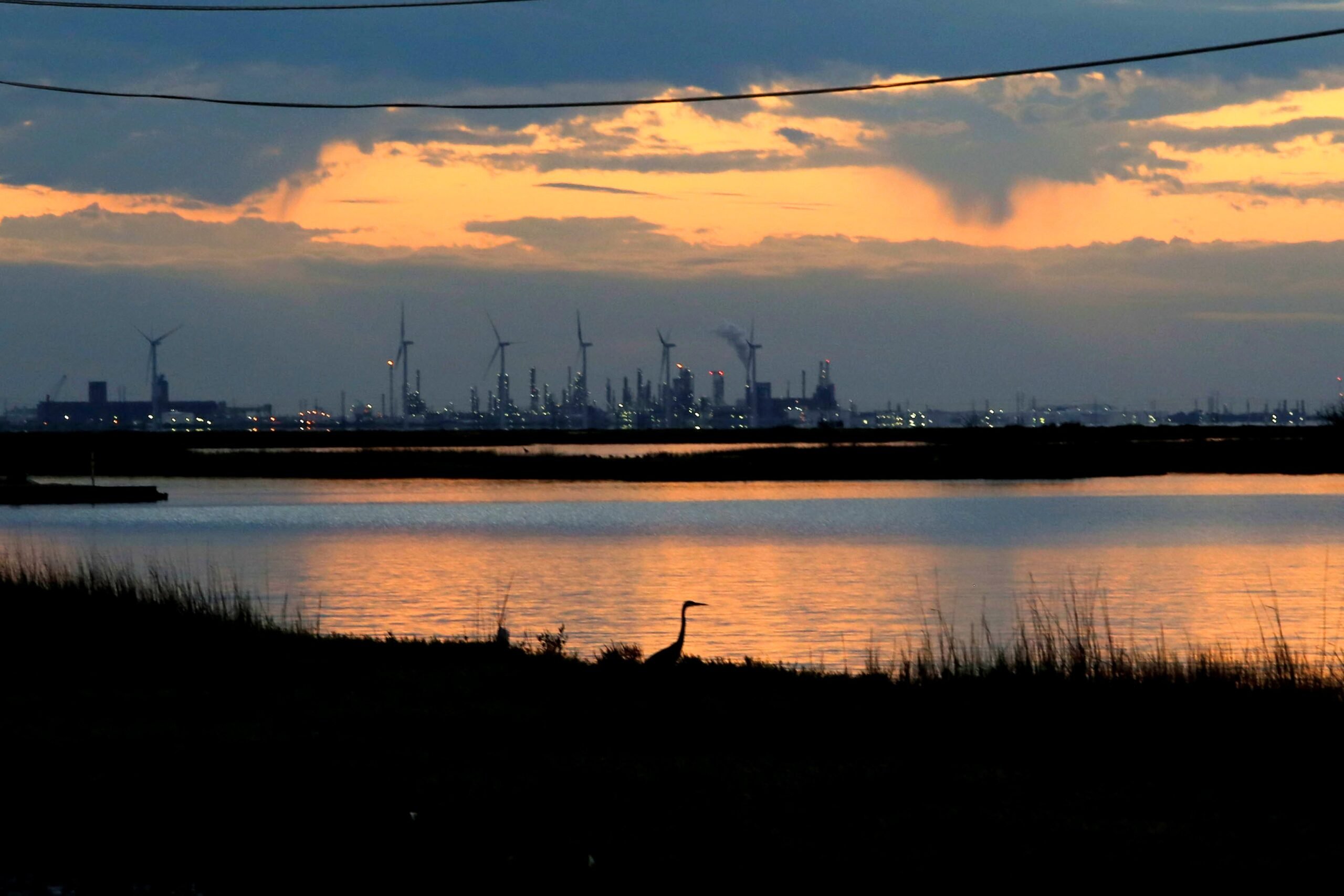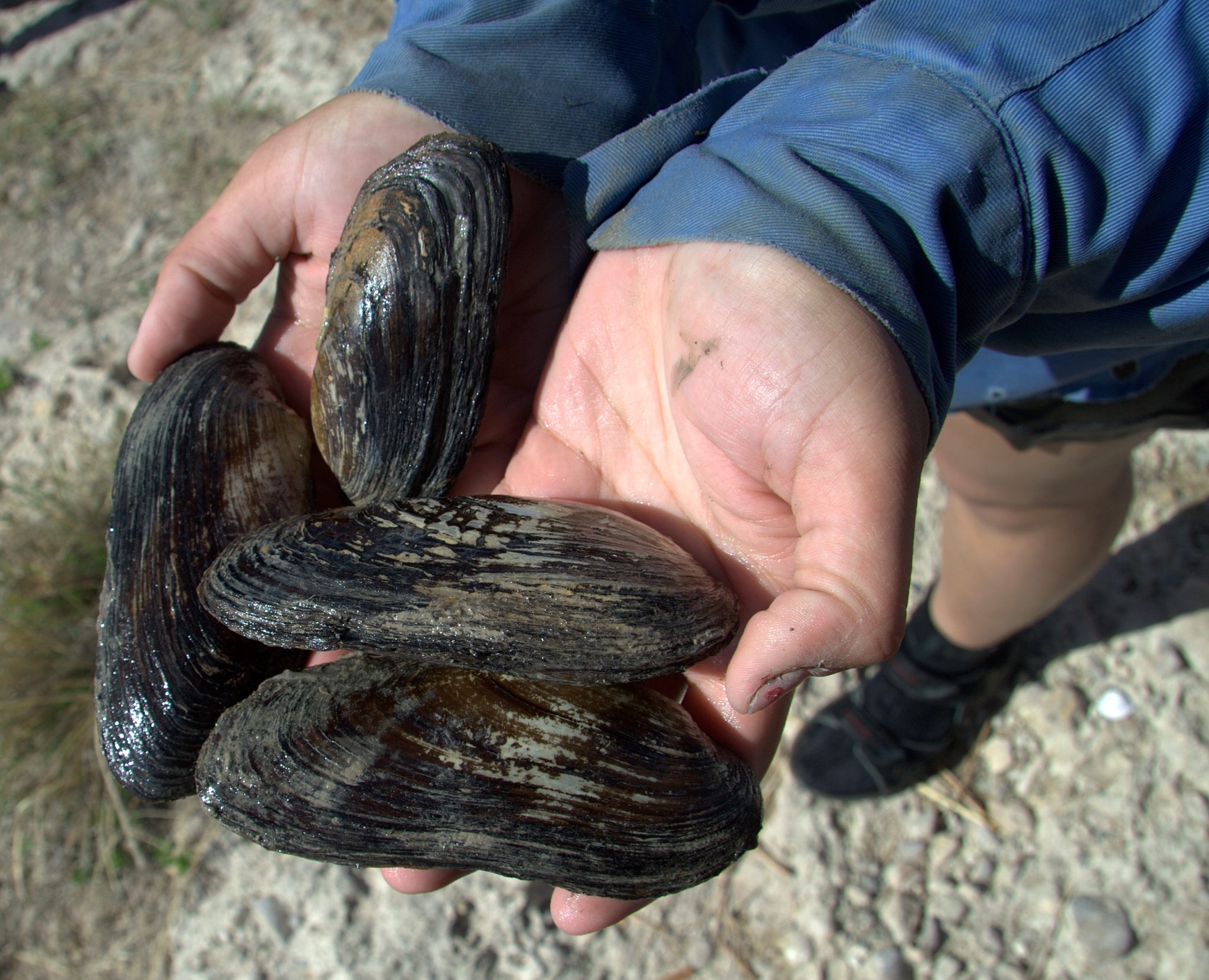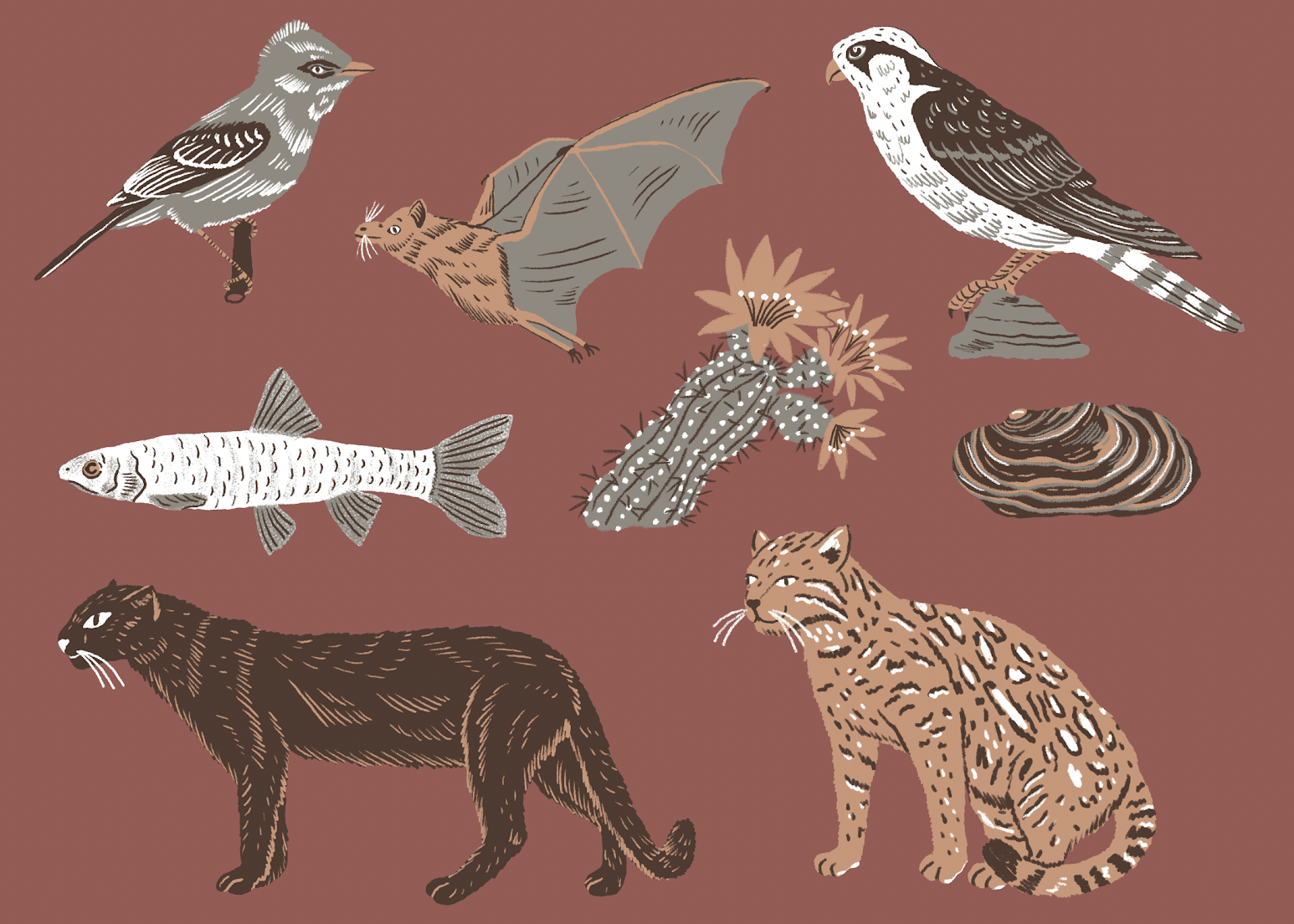
by Naveena Sadasivam
August 18, 2018
–
From beautiful songbirds and stealthy cats to rock-like mussels and long-nosed bats, the 1,900 mile (3,000 km) Rio Grande supports a number of rare plants and animals, even in its current beleaguered state. The river itself is habitat for fish and mussels, and also plays an important role in sustaining what remains of a subtropical forest in South Texas, which is home to a host of threatened and endangered animals and plants. But the combination of habitat loss and disruptive border-security infrastructure is making an already fragile situation prone to an ecological breakdown. This is perhaps most keenly felt by two large cat species: the ocelot and the Gulf Coast jaguarundi. For the Texas populations of both cats to survive, they need to be able to cross back and forth across the river. But the Trump administration’s plans for a border wall could make that increasingly difficult. Squeezed by fences and rapid urbanization, these animals face a perilous future. As do many other species that rely on this desert river.
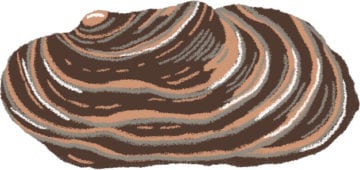
Texas hornshell
Status: endangered
To the untrained eye, the Texas hornshell (Popenaias popeii) might pass for a mossy rock. The muddy-brown-colored species of mussel is found in crevices and boulder outcroppings of the Rio Grande. In February, the US Fish and Wildlife Service (FWS) listed the mussel as endangered. Because of declining water quality and decreased flows, the animal is found in just 15% of its historical range.
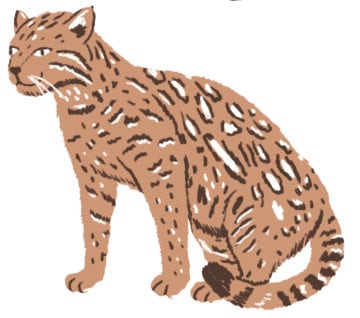
Ocelot
Status: endangered
The ocelot (Leopardus pardalis) is a spotted cat that typically weighs 15 to 30 pounds, and is native to South Texas. But today, they may number as few as 80 in Texas, according to the Texas Parks and Wildlife Department. As much as 95% of the cat’s preferred habitat of grasslands and shrublands has been lost to urbanization and agriculture.
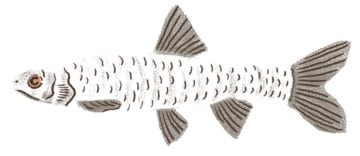
Rio Grande silvery minnow
Status: endangered
The silvery minnow (Hybognathus amarus) was first listed as endangered by the FWS in 1994. At the time, the minnow was found solely in the upper reaches of the Rio Grande in New Mexico. In 2008, the FWS introduced a population near Big Bend National Park in West Texas, and have been releasing stocks of the fish into the park for every year since. But the small fish’s two-year life cycle and short reproductive season make it difficult for populations to survive the region’s droughts. One especially dry year is enough to cause a steep decline in the species’ numbers.
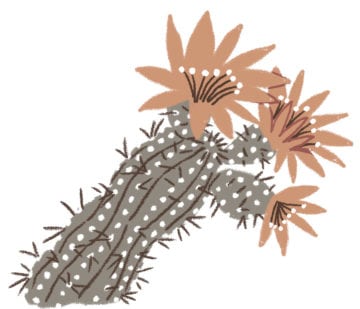
Chisos Mountain hedgehog cactus
Status: threatened
So-named because of its resemblance to the bristly animal, this cactus (Echinocereus chisosensis) is found only in Big Bend National Park in West Texas. Listed as threatened in 1988, the plant has suffered from habitat degradation as a result of livestock overgrazing and climate change. The FWS is currently reviewing the species’ status to determine if it has recovered thanks to current conservation efforts, or needs additional protection.
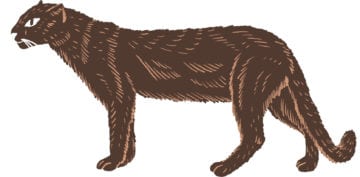
Gulf Coast jaguarundi
Status: endangered
The jaguarundi (Herpailurus yagouaroundi), a weasel-like cat, was first listed as endangered by the FWS in 1976 and is found in the Tamaulipan scrublands of northeast Mexico and South Texas. The dense brush that the cat needs to survive has increasingly been mowed down to make way for development, agriculture and border security activities. The FWS wants to establish a US population of 500 by 2050, a goal complicated by the fact that current population sizes are still unknown.
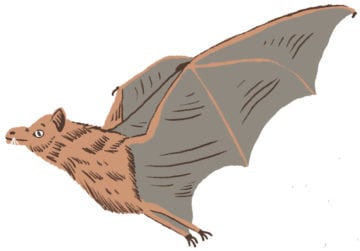
Mexican long-nosed bat
Status: endangered
The Mexican long-nosed bat (Leptonycteris nivalis) is found mainly in desert scrubland in southern New Mexico and the Big Bend region in South Texas. The bat is named for its elongated muzzle and 3-inch tongue—about the same length as its entire head and body. Long-nosed bats are born in Mexico and fly to the US during the summer. Loss of roosting sites and food sources as a result of land-use changes are implicated in this species’ decline in population.
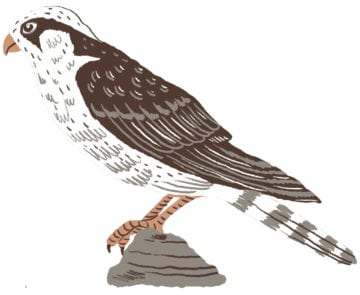
Northern Aplomado falcon
Status: endangered
The northern Aplomado falcon (Falco femoralis) used to be found in the grasslands and savannahs of the southwestern US. The use of the pesticide DDT and destruction of the falcon’s habitat led to its regional extinction in the US in the 1940s. Since then the falcon has been making a slow recovery after reintroduction to West and South Texas. Habitat fragmentation, loss of Chihuahuan grassland and the growing population of great-horned owl, which prey on the falcon, have been making the bird’s recovery a challenge.
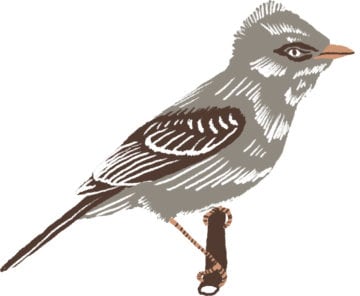
Southwestern willow flycatcher
Status: endangered
This small songbird (Empidonax traillii) is found in riparian habitats in the southwestern US. They can only survive in moist microclimates like those found near water bodies. The impoundment of water along major rivers such as the Rio Grande and its reduced flows as well as increased groundwater pumping are some of the major threats to the survival of the flycatcher.

